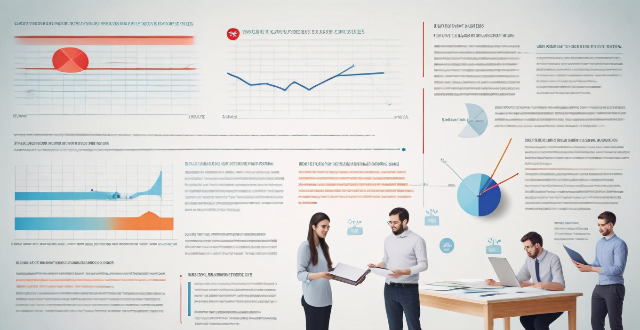Data analytics has become an increasingly popular tool in education, offering benefits such as improved student performance through personalized learning and early intervention, enhanced teaching practices with curriculum development and professional development, and better decision making with evidence-based decision making and transparency. As technology advances, data analytics is likely to become an even more integral part of the educational landscape.

Benefits of Using Data Analytics in Education
Data analytics has become an increasingly popular tool in the field of education. It involves collecting, processing, and analyzing data to gain insights into student performance, learning patterns, and educational outcomes. Here are some of the benefits of using data analytics in education:
Improved Student Performance
1. Personalized Learning: Data analytics can help educators identify each student's unique learning style and tailor their instruction accordingly. This can lead to improved student engagement and better academic performance.
2. Early Intervention: By analyzing student data, teachers can identify struggling students early on and provide targeted support before they fall too far behind.
3. Real-time Feedback: Data analytics tools can provide teachers with real-time feedback on student progress, allowing them to adjust their teaching strategies as needed.
4. Predictive Analytics: By analyzing historical data, educators can predict which students are likely to struggle in the future and develop intervention plans to prevent these issues from occurring.
Enhanced Teaching Practices
1. Curriculum Development: Data analytics can help educators evaluate the effectiveness of their curriculum and make necessary adjustments to improve student outcomes.
2. Professional Development: Teachers can use data analytics to identify areas where they need additional training or support, leading to more effective teaching practices.
3. Resource Allocation: School administrators can use data analytics to determine how resources should be allocated based on student needs and performance metrics.
4. Collaboration: Data analytics can facilitate collaboration among teachers by providing a common language for discussing student performance and identifying areas for improvement.
Better Decision Making
1. Evidence-Based Decision Making: Data analytics provides educators with evidence-based information that can inform decisions about curriculum design, resource allocation, and teaching strategies.
2. Transparency: By using data analytics, schools can demonstrate transparency in their decision-making processes, which can help build trust with stakeholders such as parents and community members.
3. Accountability: Data analytics allows schools to track progress over time and hold themselves accountable for meeting goals related to student achievement and other key performance indicators.
4. Cost Efficiency: By identifying areas where resources are being underutilized or wasted, data analytics can help schools operate more efficiently and effectively.
In conclusion, using data analytics in education offers numerous benefits, including improved student performance, enhanced teaching practices, and better decision making. As technology continues to advance, it is likely that data analytics will become an even more integral part of the educational landscape.